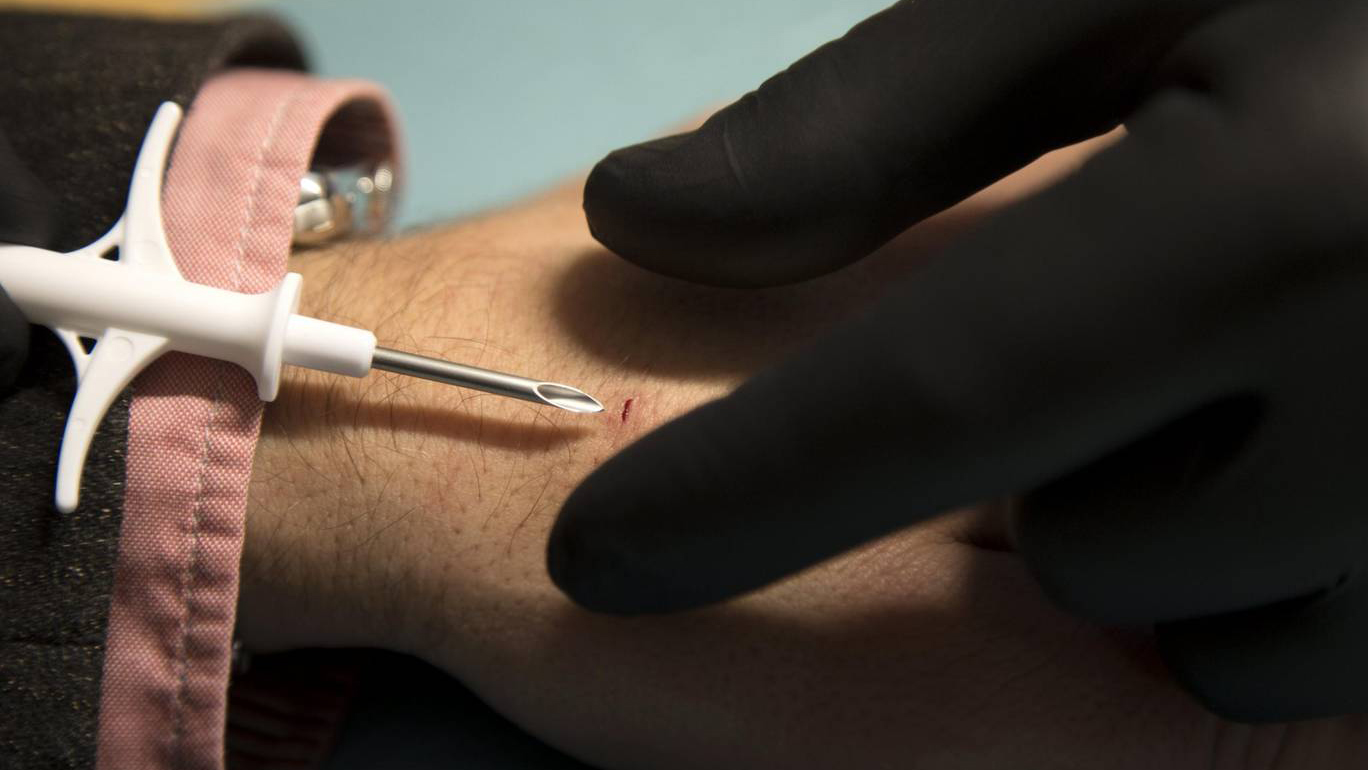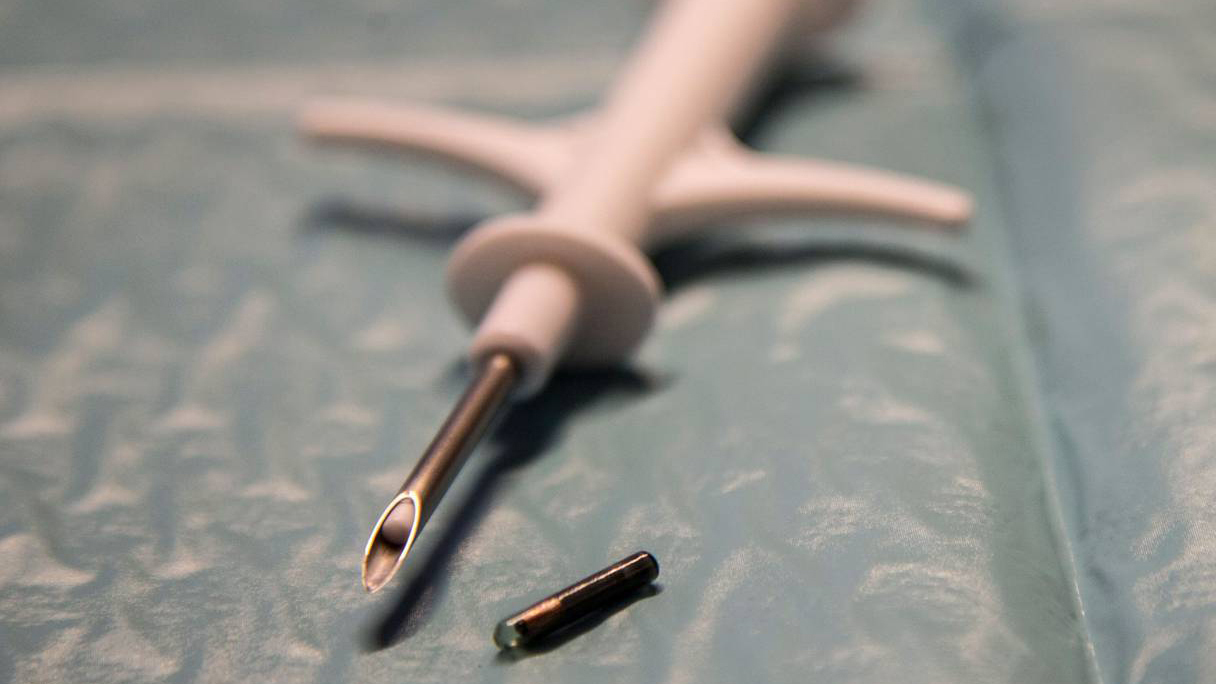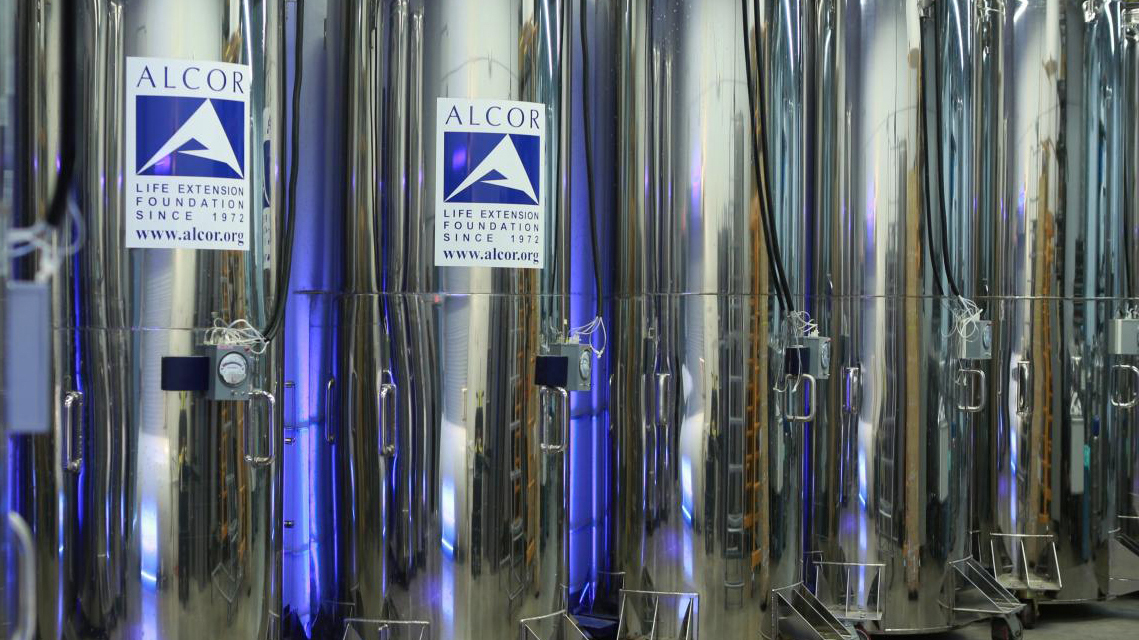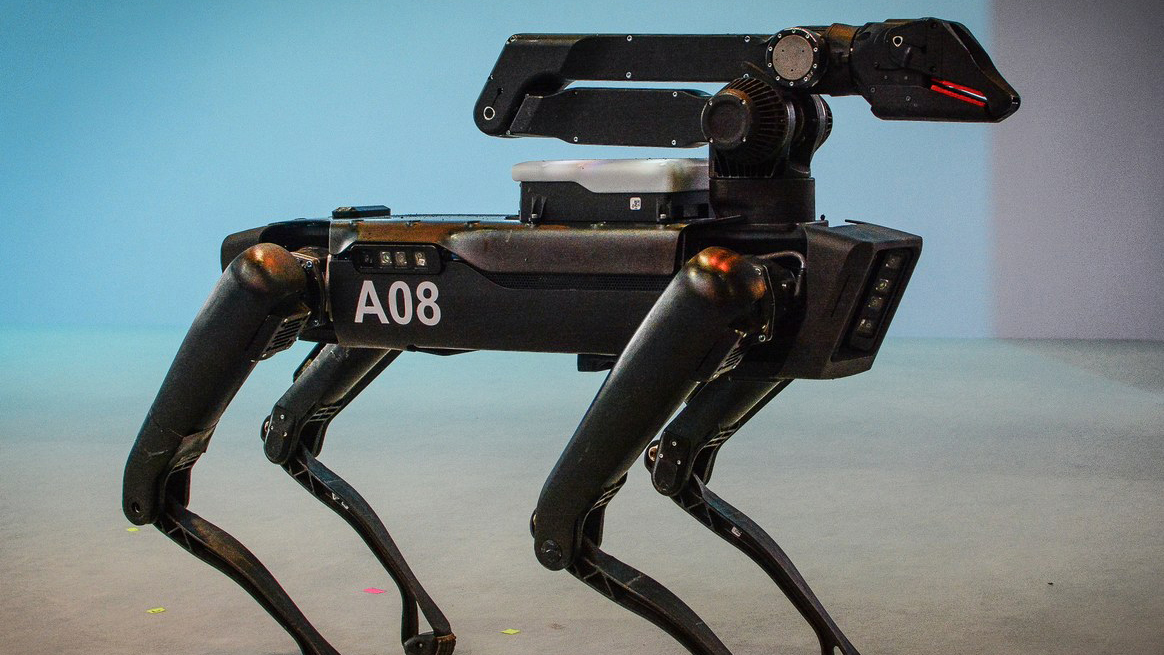Living in the Artificial World
We were born in a world that was already designed. The humans in their aim to improve their quality of life had been modifying their bodies and how they relate with the environment in which they inhabit. Transforming and reworking the world and their existence in response to their needs, desires and expectations, creating a more artificial than natural atmosphere. That with property we can call “artificial world”. Herbert A. Simon, in his book ‘The Sciences of the Artificial’ wrote: “The world we live in today is much more a man-made or artificial world, than it is a natural world. Almost every element in our environment shows evidence of human artifice as using “artificial” in as neutral a sense as possible, as meaning man-made as opposed to natural 1“. Gary Krug wrote that “within the technological system people exist in spaces already constructed, and they have adapted themselves to this world as simply the way things are 2.” In the actual world, if we talk about progress we immediately associate it with technology, because as we currently conceive it is linked to the all the qualities that life has. It is almost impossible to think about this aspects if we separate them from technology 3.
Each human being lives in a constantly changing reality and adaptation to technological advancements. Taking into account that although the relationship: humanity-nature is a subject that has deserved and deserves our attention, now we must start to worry about the relationship: humanity-artificial world 4. This implies that we should study the interactions humanity-artificial world and artificial-world, natural-world; and study the generation, evolution and control of the technological aspects of the environment.
This artificial world, which is not a fictitious world, it actually helps mankind to improve life’s obstacles, and it is a substantial part of the cultural and social frameworks. The artificial world conditions our everyday life; and to avoid problems we should examine, know, understand and control which are the conditions it applies to humanity. The artificial world in several occasions behaves as a true interface between man and the natural world, making the relationship between both more indirect and complex. The complexity, density and amplitude that it has acquired poses the risk of isolating and completely enclosing the human, blocking his perception of the natural world. To avoid this, a clarification effort is required that makes it comprehensible and controllable; in other words, to make it transparent 6.
 - NASA - Screenshot from NASA's World Wind.png)
The Dutch Polders are an illustration of engineered nature and the mankind’s desire to alterate the landscape. The biggest Dutch polder is in the Flevoland province, where the largest artificial island of the world, the ‘Flevopolder‘
Heyward C. Sander, in his book ‘Creator, Creation and Betrayal’, said that “the artificial world is a creation that will work on our behalf. It will destroy the way their communities think and make their bodies react real different from the way they are supposed to function. It will also create mood swings so that they will not understand what is happening to them. [...] Nature is the last of the resisters [...] we’ve been creating the master plan of how to take the natural world out from controlling everything, and in the future the artificial world is king of the land” 8.
Transhumanism emerged as a cultural construct that considers the relations between humanness and social and technological change. Especially by developing technologies to eliminate ageing and to greatly enhance human intellectual, physical, and psychological capacities 9. Many people are excited talking and writing about the prospects for the technological enhancement of human brains and bodies and a transition to new versions of humanness. The most avid and optimistic of these people call themselves transhumanists. The meaning of Transhumanism sounds obvious - between states of humanness- yet is remarkably difficult to specify the variables. A significant part of the ambiguity arises from the notion of what it means to be human.
The transhumanist technologies that intervene with human physiology to cure diseases and repair injuries have accelerated to a point in which they also can increase human performance outside the realms of what is considered to be normal for humans. These technologies are referred to as emerging and speculative and include, for example, vaccination, artificial intelligence, nanotechnology, nanomedicine, biotechnology, genetic engineering, stem cell cloning, and transgenesis, etc. Other technologies that could extend and expand human capabilities outside physiology include virtual reality, artificial intelligence, robotics, and brain–computer interface, which form the domain of bionics. Because these technologies, and their respective sciences and strategic models would take the human beyond the normal state of existence, society (including bioethicists and others who advocate the safe use of technology) have shown concern and uncertainty about the downside of these technologies and the possible outcomes for our species 11.


Biohacking without fear of technology, in Sweden 3.000 citizens
Transhumanist Politics
and Ideal World
In their most radical version, transhumanists wish to take total command of their human capabilities in ways which, at certain point, would require developing into a new specie achieved by these means: a posthuman 16. As well they promote that in a future, with the distance of thousands or millions of years, the human being as we know it now will no longer be here, and his descendants, could be biological, mechanical, technological, or a mixture of both. That, of course, if we do not finish earlier with the conditions that make the life of our species possible 17.
The idea of a speculative posthuman “eden” is inherently linked with the philosophical principles of the Accelerationism movement. The term ‘Accelerationism’ was firstly used by the science fiction writter Roger Zelazny in his 1967 book ‘Lord of Light’. In a part of the book, the author referred to an aggrupation of revulotionaries, the ones who he called “Accelerationists”, which was looking forward to a higher level of being a higher level to transform their lives through the agency of technology. The foundations of the Accelerationism theory are in favor of automation and aspire to the “fusion of the digital and the human”. Accelerationists believe that with the help of technology they must increase the speed of time and intensify it to it's maximum capacity, because this is the best way to advance for humanity “or because there is no alternative” 18.
Transhumanists tendencies perhaps could be materialized by the basis of Accelerationism, however, transhumanists believe in an colossal exponenial use of technology. They aim to reach super intelligence as distant over any current human capabilities; to have boundless youth and the illusion of eternal lives; to have immunity to illness; to exert total control over their own bodies, temperaments, and mental states; to have the capability of getting rid of feeling tired or, as well, almost all negligible things that occur on the daily life; to have an expanded capacity for joy and cherish; to achieve the mythical state of awareness that current human capacities are just limited only by the imagination and fantasy.


A transhumanist technology that makes us experience the limits of imagination and awarness is Virtual Reality. We can take as an example of it the game ‘Nature Treks’ 19, which explores diverse replicates of enhanced natural landscapes
Another simulation of the natural world is the artwork ‘Paralel I’ from Harun Farocki, a comparative visual narrative with the artificial world. The image moving composition shows the constructivism of games from visual landscapes and computer animated worlds, displaying a parallelism between rendered artificial imagery and real photographical one questioning photo-realism
The discussions around transhumanism investigate how we associate, behave and relate with the world we live in. In a transhumanist ideal world we would we would be able to edit and control our hereditary traits. To answer the question if this philosophy advocates eugenics, the conscious manipulation of our genetic qualities, transhumanists state that they: “Uphold the principles of bodily autonomy and procreative liberty. Parents must be allowed to choose for themselves whether to reproduce, how to reproduce, and what technological methods they use in their reproduction. The use of genetic medicine or embryonic screening to increase the probability of a healthy, happy, and multiply talented child is a responsible and justifiable application of parental reproductive freedom. Beyond this, one can argue that parents have a moral responsibility to make use of these methods, assuming they are safe and effective. Just as it would be wrong for parents to fail in their duty to procure the best available medical care for their sick child, it would be wrong not to take reasonable precautions to ensure that a child-to-be will be as healthy as possible. This, however, is a moral judgment that is best left to individual conscience rather than imposed by law. Only in extreme and unusualcases might state infringement of procreative liberty be justified. If, for example, a would-be parent wished to undertake a genetic modification that would be clearly harmful to the child or would drastically curtail its options in life, then this prospective parent should be prevented by law from doing so. This case is analogous to the state taking custody of a child in situations of gross parental neglect or child abuse” 23.

technique with Dr. Jeffrey Steinberg, 2017
Transhumanists confronts the ethical challenge with the power of the self direction of human evolution as now scientists claim that they can design a better version of our offspring and succeeding generations 24. In an almost science fiction scenario Dr. Jeffrey Steinberg uses the CRISPR technique to single out a piece of DNA to then repair it or cut it like scissors (what is called ‘Gene Editing’) to correct genetic defects 25. Preimplantation Genetic Diagnosis (PGD) technology it was used firstly to clear diseases and gender selection and now it allows parents to select their babies physical traits such as “eye color, hair color and more” with an 80% accuracy. The doctor enabled Kristen and Matt Landon, a couple from the United States of America, to select the gender or their daughter
Using as well the CRISPR technique, Dr. He Jiankui in Shenzhen, China, claims that he helped make the world’s first two genetically modified twins 26. He modified the genetic of the babies disabling the specific gene that allows the HIV cells that infect humans. He believes this procedures in the future will benefit the patients with rare diseases. The scientist also affirms that “the world has moved on to a stage for embryo gene editing” and that if he wasn’t doing this someone else would do this. Even though what Dr. Jiankui did seems an act of good, he was not authorized by the chinese government to execute such relevant procedure. Are now prepared for such interventions as there is no regulation at all? This alterations express a possible future hyper-individuality if not regulated properly.

The followers of transhumanism believe that at certain point we will be able to upload our consciousness to a machine, a backup of our brain 28. Some transhumanist promote a “live forever” discourse. Defeating the meanings of death, The Alcor Life Extension Foundation designed cryogenic capsules where people that have the desire to prolong their existence on this planet can do so threw an “hibernation” method
It appears likely that the basic truth of living an uncertainty long, solid, dynamic life would take anybody to posthumanity on the off chance that they went on collecting memories, abilities, and mental and physical capabilities. But the question to all this promising life enhancements and augmentations don’t discuss how we are going to live a long-lasting happy life or, if everything goes wrong, we are going to live taking anti rejection drugs for our bodies to adapt to prosthetics for example. For now transhumanists ideals could be a dream or a nightmare. Will be feasible in the future that freedom will be mediated by technological devices and happiness will depend on the administration of chemical drugs capable of controlling humors, dreams and instincts? Would the offer and principles of transhumanism still be freedom?
The transhumanist philosophy discusses that there would be two types of characteristics of the human being to improve: those that have to do directly with the mental quality or of the conscience, and those that have to be with the hardware, which would be our body. The hardware capabilities seem to be simply instrumental. An individual of the human species could be made more human even if he ceases to be human in a biological sense. The transhumanist idea of downloading all the brain information in other hardware (computers) makes the brain and the entire human body dispensable, a body with no rights.
The Swedish philosopher Nick Bostrom, in his paper ‘In Defense of Posthuman Dignity’ 30, argues that the sectors that show resistance to accepting biotechnology experience two main fears. The first one is the possibility of dehumanization that people can experience, and the second one is the potential threat that posthuman beings can represent for ordinary humans. The thinker refutes these fears by asserting that respect for individual decisions must be guaranteed as well as information, public debate and education must be the means to provoke intelligent decisions-making. Regarding the second concern, Bostrom states that the creation of two different species from genetic modifications is highly questionable. Transhumanists believe that there is no moral difference between human improvement through technology and other forms of progress. The author maintains that being healthy, smarter, having a wide range of talents or possessing greater powers of self-control are blessings that tend to open more roads than it closes.
Will randomness always be left out of any technology? Complete control is impossible. Not everything always works as planned. In any circumstance there are factors that have not been taken into account and that can cause enormous effects, even catastrophic, without us being capable to do anything about it. Technology is certainly not a chaotic system, but, like every system imbricated in society, it is a subject that in many cases can provoque unforeseen circumstances and side effects impossible to measure in advance, or even to prevent them sufficiently.
Regardless of the current technical feasibility of the transhumanists technological proposals applicable to human beings, their politics are a challenge and would involve discussing in a global manner to what extent and on what basis we should or would not want a human condition different from the current one. Transhumanist politics and questionable problems should lead us to rethink the role and magnitude of their technologies, to establish criteria to regulate and monitor scientific investigations and research and clarify when and how they should be oriented for the mankind’s improvement. It should encourage us to define if the human body is only an evolved being, or if also has a function and meaning 31. We should ask ourselves what is the duty of our history, socialization and biography in the constitution of human nature, which gives it an unconditional intrinsic value, what we call human dignity.
In order to respond to transhumanist challenges we must understand their codes and take an approach to the normative foundation of human nature, definitions about man, science and ethics, as well as the notion of the word freedom 32. If this is to be understood preferentially as creativity opposed to the necessity of the natural, or if freedom is the resource to oppose the incomplete and diminished character of ourselves, or if freedom is the last feature of our survival and we should make it limitless. Ultimately, if freedom is a reality open to the infinite possibilities or a deception that makes us believe that the more technological progress is made, the less progress is made in human personal perfection.

Shifting our view on a new class of pet, the company Boston Dynamics
This should lead us to consider and evaluate the interdisciplinary function of transhumanists technologies, their relationship with the laws and the dynamics of society. We should be encouraged to address what does the meaning of “human” specifically consists of and call for a redefinition of technologies related to our biology with man as the sole end: the real man, not the fantasy one; the possible man, from what he is; not only from how we imagine it. This imposes on us the challenge of proposing the definition and scope of our mortal condition, the basis of what we know as our finite identity. Although biographical material remains, the adjective mortal belongs to every human being. From the transhumanist point of view, the meaning of mankind’s improvements, progress and growth comes from what we must become. For them what we are as a specie already is not enough, our nature will never be enough.